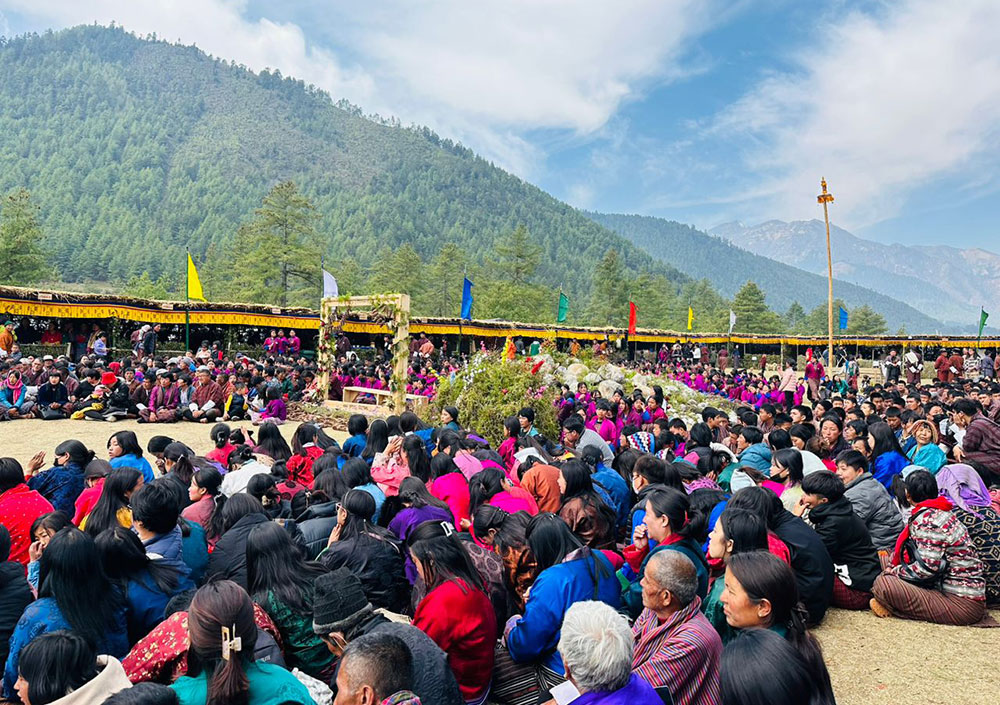Dechen Dolkar
Haa Dzongkhag administration aims to receive a minimum of 5,000 tourists by next year.
Among the western regions of the country, Haa has been the least visited tourist destination over the years.
According to the records of the Department of Tourism, in 2018, 6,615 tourists visited the dzongkhag out of a total of 274,097 arrivals in the country. In 2019, 5,751 tourists visited the dzongkhag out of a total of 315,599 tourists visiting the country. In 2020, only 490 tourists visited the dzongkhag.
Similarly, last year, only 939 tourists visited the dzongkhag out of a total of 103,000 tourists visiting the country.
During the Prime Minister’s visit to the dzongkhag, he directed the dzongkhag administration to double the arrival of tourists this year from last year’s arrival.
The dzongkhag administration attributes the low tourist arrival to several factors such as the standards of hotels, which are not as well developed as in places like Paro and Thimphu. The lack of entertainment places such as cafes, shopping facilities, and handicraft shops are also some of the contributing factors.
“We are also assuming that it is because we have not had a good promotion strategy,” Dzongdag Melam Zangpo said.
To increase tourist arrivals in the dzongkhag, Melam Zangpo said that the dzongkhag would improve existing tourism assets, such as trails, treks, and cultural places, establish new trails, such as Tergo nature sightseeing, and establish brand ambassadors and influencers.
He said that dzongkhag also plans to invite tour operators for field immersion or to explore opportunities in Haa.
Recently, the dzongkhag administration launched a web portal for community-based tourism (CBT).
The portal is expected to serve as a gateway for information related to tourism assets such as treks, trails, and cultural places, as well as other significant events celebrated in the dzongkhag.
Information is made available about a few key events of the dzongkhag, such as Lomba, Haa Tshechu, Ap Chundu Lhapsoel, Bongko festivals, and homestays.
Melam Zangpo said that the web portal would probably solve one of the most pressing problems of not reaching the information out to the intended guests and visitors.
“Information at the moment is quite rudimentary; we will strive to make it perfect at the earliest,” he said.
The dzongkhag administration, in collaboration with the Department of Tourism and Helvetas Swiss Intercooperation, plans to develop tourism products and contents.
The web portal contains information on CBT for Haa, Chhukha, and Pemagatshel. Visitor can book a hotel or a homestay from the links provided and, soon, payments can also be made online.
Registered or certified hotel or homestay owners can register themselves as vendor.


